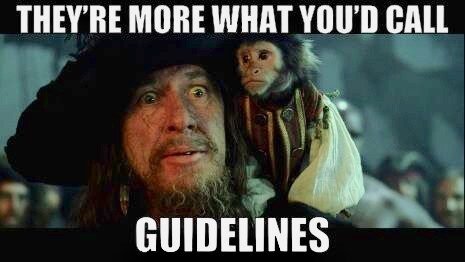We’re a week out from July 4th, aka Independence Day for us Americans, aka the National Day of Terror for our dogs. It’s very common for dogs to be nervous about the unexpected, loud booms, and it’s said that July 5th is the busiest day of the year for shelters dealing with dogs who have escaped in their panic.
If your dog is one of those who tucks his tail, trembles, paces, or tries to hide or escape, you want to plan ahead of time. This is also useful for New Year’s Eve and during storms.
What to prep now:
Uh oh, I heard a noise…
Choose a hideout for you and your dog to take cover in. Ideally this is a room in the middle of your home, away from the outer walls. Walk in closets work well for this. Hang out together in this safe room regularly, so that your dog sees it as a comfortable place and not somewhere he’s been banished to. Make it a fun, relaxing experience by playing together, giving him something to chew on, or just relaxing with belly rubs.
Make sure that your dog has a name tag with your contact info and is microchipped in case he does get loose. (And make sure the information registered with the microchip is up to date.)
Consider trying some calming products to help your dog deal with the noise. Examples are Adaptil or Sentry products (contain calming dog pheromones), a Thundershirt or other tight wrap, calming treats, CBD oil, etc. Note that for all of these, they work well for some dogs and not at all for others, so it’s important to test them out ahead of time.
If your dog really struggles with noises, consult with your veterinarian about fast-acting, short-term medication. These can help relieve his anxiety so he’s better able to cope and get through the night safely. There is nothing wrong with giving him extra help through medication! Sileo is an example of a fast-acting drug that is often used for noise phobias.
What to do day of:
Shades drawn and a comforting lap.
Stay home with your dog through the evening, to keep him safe and provide comfort
Secure the house - make sure that all doors to the outside and back yard gates are closed.
Close all the windows to reduce sound coming in. (In case of storms, also cover the windows to reduce flashes of lightning.)
Play white noise to further reduce the sounds your dog can hear.
Go to your hideout and settle down with your dog. Bring along anything you’ll need for the evening, such as snacks, laptop, or knitting. Stay calm and relaxed to help reassure your dog.
If your dog is happy to eat treats, give him a treat every time that he perks his ears or you hear a boom. (It helps if you use extra-yummy treats, like chicken or string cheese.) This is called classical conditioning, and will teach him to associate the noise with yummy food.*
*This will only work if your dog is eager for the food. If he is too overwhelmed to enjoy it, then this can backfire and “poison” his enjoyment of the food in the future. So only use treats if your dog is happy to get them.
Provide a chew (eg marrow bone, bully stick, beef tendon) or toy stuffed with food (eg peanut butter in Kong) if your dog is willing to work on it.
Schedule trips out to potty very carefully. Ideally you can give him one trip before most of the fireworks start at sunset, and another late in the evening when most of the fireworks are done. Supervise your dog even in a fenced yard in case he tries to escape.
Alternative options:
If you can drive to an area where fireworks are banned, or out to the country, you can do an evening road trip with your dogs. Go for a walk or just hang out in the car together.
See if you have friends, family, or someone who does boarding in a quiet area and would be able to take care of your dog for the night.







